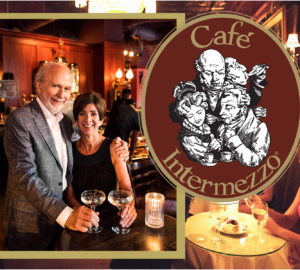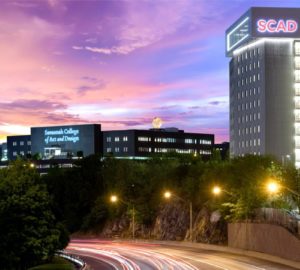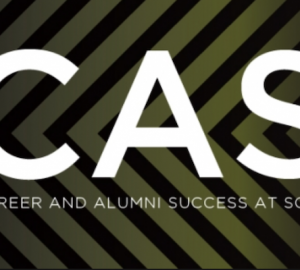Rustle is in school. Emily wants to go back to school. Shannon just quit her job. Reni just needs one. And Gordon? Well, Gordon is getting ready to retire. One by one these individuals came to the coffeehouse, and more specifically, behind its counter.
The United States is a very caffeinated nation, with the consumption rate of 4.2 kilograms per person per year. Coffee, some would say, is as integral to American culture as the eagle, the flag and the fast food drive-throughs. By extension, the coffeehouse has become more or less a culture unto itself, stamping its significance onto American minds through various cultural products (one prominent example being the Central Perk coffeehouse from the iconic sitcom “Friends”). Here, America’s good citizens get their morning brews and set off on their days, continuing their pursuits of life, liberty and happiness. The coffeehouses stand docile in the background of the still-glorious American dream.
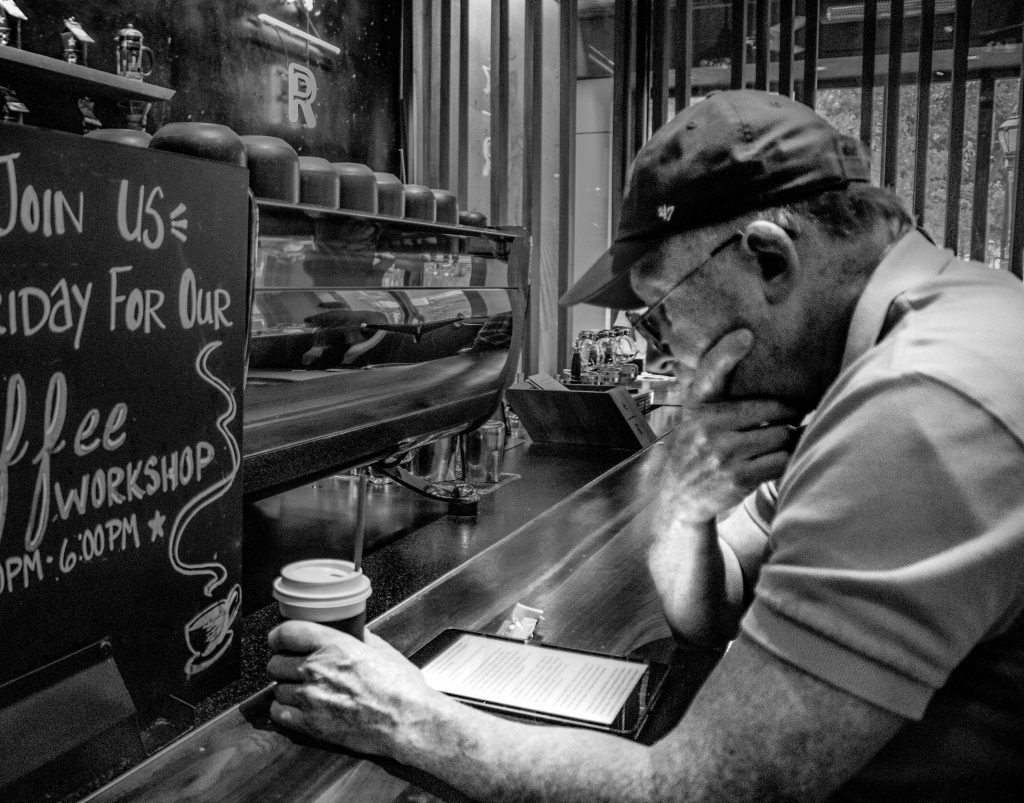
The thing nobody tells you about the American dream, though, is how much it limits one’s worldview. The belief that through hard work anything is achievable, while inspiring, creates a tunnel-vision effect on its believers so intense that the mass of faceless and nameless people outside this dreamy glow often cease to appear human. In a goal-driven world, almost everything is a means to an end. People, especially inconsequential, insignificant strangers, become vessels for things. Salesclerks are vessels for stuff. Grocers are vessels for grocery. Waiters are vessels for dinner on trays.
Curiously, however, the same doesn’t apply for baristas.
“In coffee shops, they treat you as people, and not just as things making coffee,” said Rustle, leaning on his elbow and glancing back at the counter of Ovation, the coffee shop at the High Museum of Art. “Unlike other places.”
Strangers on either sides of the counter, after repeated visits, begin to emerge to the consciousness of each other’s mind. What happens at the counter is no longer just a transaction.
“It’s a friendship,” said Emily, laughing on the phone as she recounted her two years at Starbucks. People who frequent coffee shops do so daily, almost ritually, and after repeated encounters, strangers become less strange. “When you see certain people often, you learn more about their lives,” she said. “Coffee shops have a calmer environment where I can interact with customers, ask them how it’s going. It’s different from, say, a restaurant, where people don’t go as often and it’s more about servitude and upholding certain standards.”
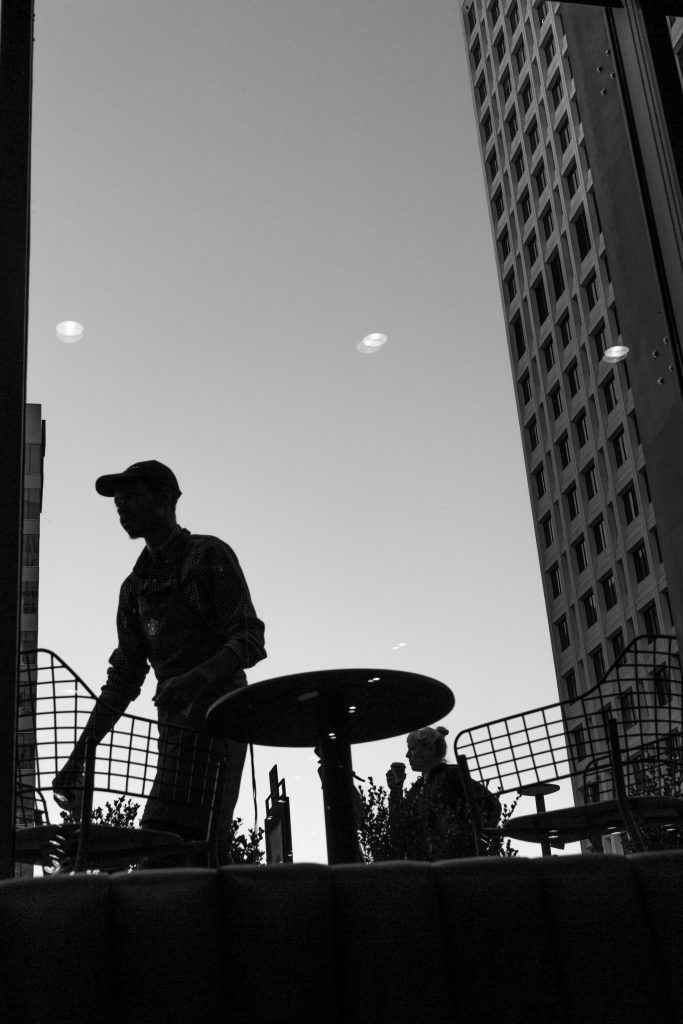
More than just friendly faces, baristas assume the position of the caffeine expert. And rightfully so, since most was initially drawn to the job by their fascinations with coffee and tea, whether it be the preparation, the learning of different varieties, or the adrenaline rush of peak hours. But in coffee they don’t see a future.
“To become any more than this,” said Rustle, gesturing around the Ovation café, “you have to move to Seattle or something, make it a business. But at most, you’ll still only make about $40,000 a year.”
Rustle is still in school, on his way to earn a degree in sociology and data analysis that he doesn’t know what to do with. He’ll either work for some crap company or for the Fortune 500, he supposes, but there is no telling. He’s not sure he’s crazy about the prospect, but it’s something. Something that, unlike coffee, won’t lead to a lower-middle income nothing.
Is this how the American dream is formed? Uncertain something over certain nothing? Where does it all lead to?

























